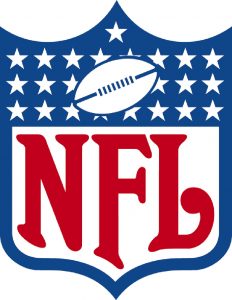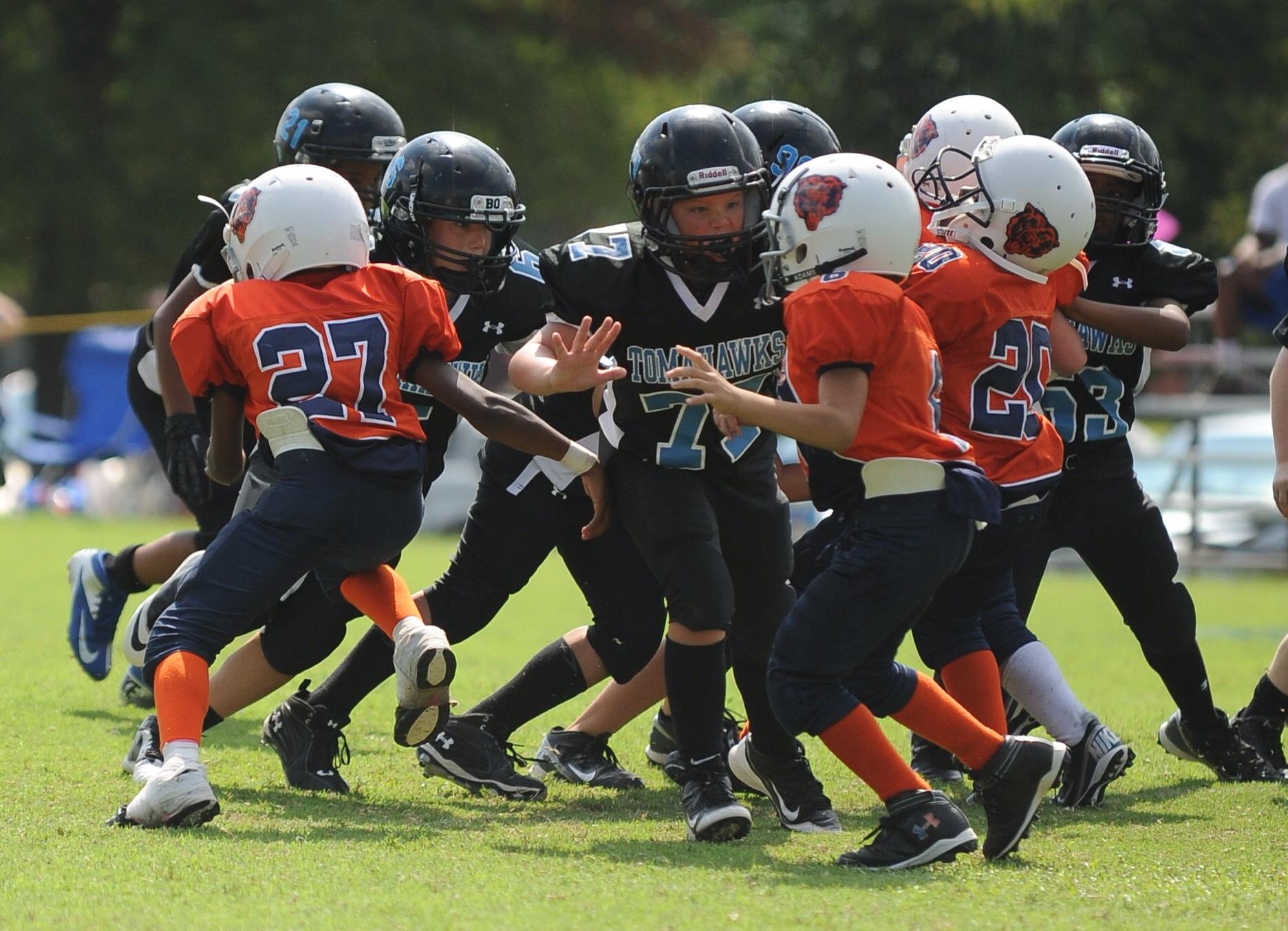
Over the past few years, American football fans have suffered through the news of the deaths of various football players. These deceased range from high school players to recently retired NFL veterans. Some of them died naturally while others committed suicide or, as in the case of former Kansas City Chiefs linebacker Jovan Belcher, committed homicide prior to suicide. These deaths are often mourned as isolated incidents since they occur months or years apart but, in reality, they are the result of a disturbing yet long ignored trend in all levels of football. For many years, it has been known that playing football, especially at the NFL level, is linked to a higher number of concussions during a person’s lifetime. But now, the link between these concussions and permanent brain damage is becoming more evident as even the NFL has begun to recognize that there is some connection between repeated blows to the head, brain diseases, and, eventually, early death. The issue of concussions and brain disease is the most visible issue in football today, but it is merely a symptom of the NFL’s deeply flawed culture that is characterized by dishonesty about research, misrepresentation for monetary purposes, and unnecessary danger for players.
In his recent book “Against Football: One Fan’s Reluctant Manifesto”, journalist Steve Almond points out the game’s violence by looking at its origins. According to Almond, football began in the early to mid-19th century as, essentially, controlled brawls between rival schools or between upperclassmen and freshmen as a right of initiation. The brawls eventually grew so violent that Harvard and Yale banned the game in 1860. Later on, the game started back up again as a rugby-soccer hybrid. It began acquiring formal rules such as a line of scrimmage and a system of downs, which gave it more structure but did not reduce injuries significantly. When universities wanted to ban the game again around the turn of the century, President Theodore Roosevelt, once a boxer at his alma mater Harvard, stepped in to propose rules to increase the safety of the game. Echoing the sentiment of football fans then and now, Roosevelt wanted to preserve the game because he thought it would make the players “tough” and manly.
To put into perspective the damage that football wreaks on players, it is best to look at the findings of independent concussion researchers relating to brain disorders in former football players. According to findings from Boston University researchers, 76 out of 79 deceased NFL players had suffered from or showed signs of Chronic Traumatic Encephalopathy (CTE), a degenerative brain disease that cannot be diagnosed until after death. It is characterized by memory loss, depression, impaired judgement, and, finally, progressive dementia. While the brains sent to Boston University for analysis were not necessarily a representative sample, the high percentage of brains showing evidence of CTE points to a larger phenomenon. According to a report released by the NFL Players’ Association and discussed in Steve Almond’s book, 1.9 percent of former NFL players ages 35 to 45 had been diagnosed with brain trauma-related illnesses such as Alzheimer’s or Dementia. While 1.9 percent seems like a small percentage, consider the fact that only 0.1 percent of males ages 35 to 45 have been diagnosed with such illnesses. That means former football players are 19 times more likely to develop brain trauma-related diseases than the average male population.

With the history of football and current research taken into account, it becomes clear that the game can have a negative effect on a player’s health. Most notably, the concussions, relatively common in NFL players, resulting from playing football for many years have been linked to brain diseases. As a result, in October 2009 NFL Commissioner Roger Goodell was invited to testify at a House Judiciary Committee hearing on this issue. The chairman of the committee, Representative John Conyers (D-MI), asked Goodell a simple yes or no question: “Is there a link between playing professional football and the likelihood of contracting a brain-related injury?” Goodell’s initial response was evasive and he merely reiterated that the NFL was working harder to make the game safer. Conyers responded frankly by stating “I just asked you a simple question. What’s the answer?” While Goodell did not give an answer, there is overwhelming evidence that he knew the answer to the question.
According to the book “League of Denial: The NFL, Concussions and the Battle for Truth” written by Mark Fainaru-Wada and Steve Fainaru in 2013, the NFL has tried to cover up the facts on degenerative brain disease among players in the same way Big Tobacco covered up the fact that their products contained numerous carcinogens and were exceptionally dangerous. By 1999 the NFL had doled out $2 million to former players who had suffered brain damage as a result of playing football, but they did not acknowledge there was a link until at least ten years later. Additionally, the league had been warned about the consequences of repeated blows to the head for players. From 2005 to 2009, they attempted to block findings made by independent concussion researchers. Recently the NFL paid a $765 million settlement to about 4,500 former players suffering from the negative effects of football in order to avoid going to court and facing the mounting evidence against them.
While the NFL has received most of the attention, the sport of football itself has become a moral dilemma in the United States. Many concerned parents are now barring their children from participating in football while certain youth football organizations have been forced to cut down on full-contact practices. Fears of football are exacerbated by public figures coming out against the game. NFL rookie Chris Borland recently retired after one season due to football being “inherently dangerous.”

Although it is evident that NFL players are the focus of brain trauma studies, many of these brain diseases come about because the players have been playing full-contact football since their childhood and, after so many years, the number of hits and concussions add up. Couple in the fact that NCAA Division I players are practically professionals already, and it is clear this pipeline from parks to the pros can lead players to develop serious injuries before they ever reach the NFL. As such, one must think: Why is it that one of our traditions is defined by violence and duplicity? Why is it acceptable to forbid one’s children from playing football while encouraging other peoples’ children to play a deadly sport for our amusement?
Whenever Americans attend a football game or watch a game on TV, they are not only condoning the injuries resulting from the sport but also the behavior of the NFL and its executives. As long as Americans’ support of the game remains strong, these problems will never be solved and those trying to cover them up will continue to evade responsibility. For the sake of the players and the future of sports, Americans must put aside their emotional attachments to the game and confront this immorality head-on.


